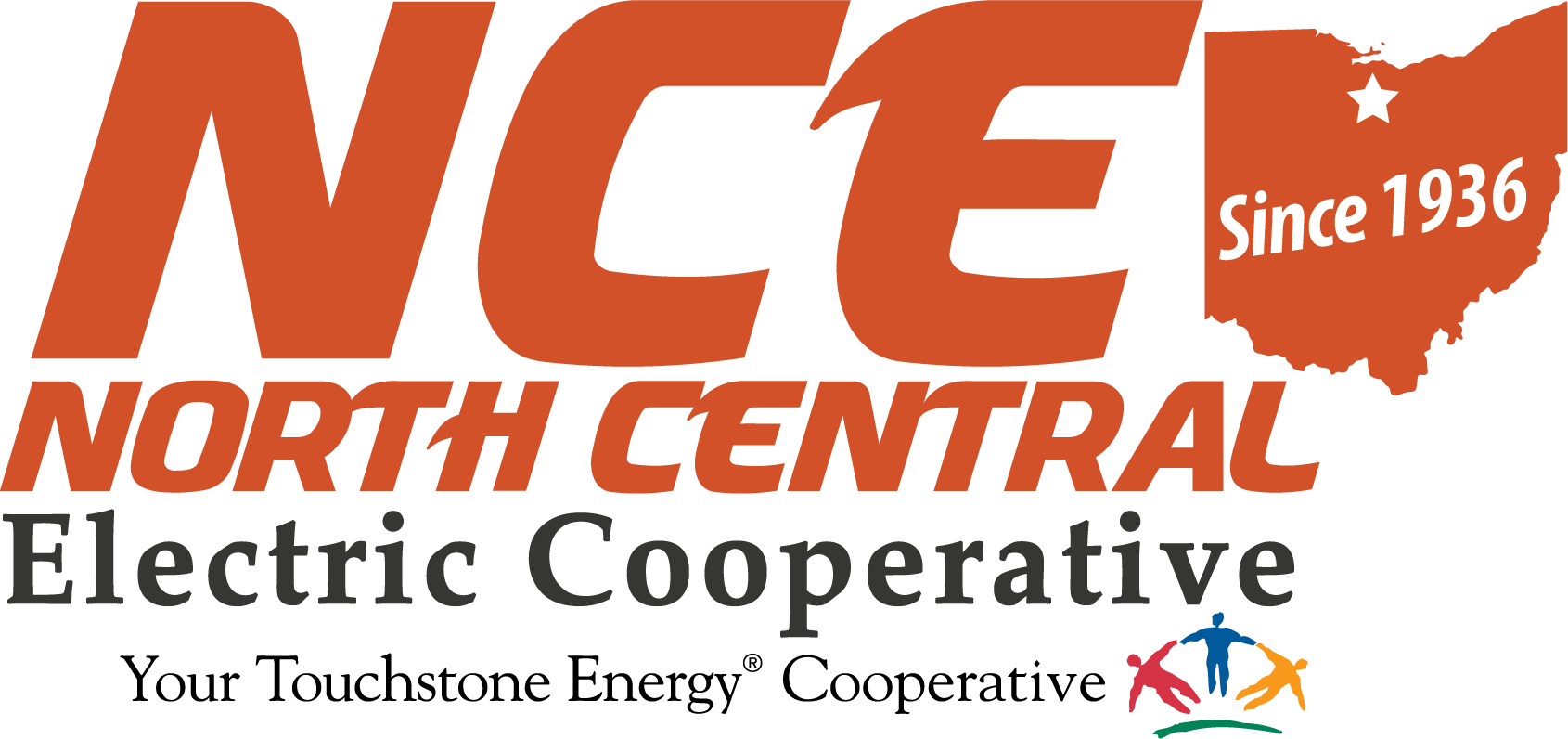When summer’s hottest days hit, the first thing you may want to do when you get home is turn the thermostat down a couple degrees.
Throughout our entire region, thousands of other people are responding the same way. Every air conditioner and fan starts working at full speed to keep everyone cool and comfortable. The end of the workday creates a massive surge in the amount of electricity needed to meet the demand, and it’s up to the people who oversee the operation of North America’s power grid to make sure there’s an adequate amount to keep you comfortable.
It’s a challenging task because the amount of electricity that’s needed varies throughout each day. While you and your neighbors are asleep, the demand is lower, but as everyone wakes up, turns on the shower, and starts the coffeemaker, the demand for power climbs quickly.
Our electric grid gathers and distributes power from many sources, including power plants that convert fossil fuels like coal, natural gas, and oil into electricity; nuclear power plants; and renewable energy sources, such as wind turbines, solar farms, hydroelectric dams, and even landfills. The electricity supplied from all of these sources is categorized as baseload, peaking, or intermediate power.
Baseload power accounts for most of the electricity we use. Always-available power sources are designed to constantly generate large amounts of power, so you and everyone else is assured of a reliable supply of electricity whenever you need it. The most familiar examples of baseload sources are nuclear and fossil-fuel power plants, along with some hydroelectric and geothermal facilities. While baseload plants provide an affordable and dependable source of power, they’re not engineered to keep up with sudden changes in electricity demand. The companies operating them are unable to turn them on or off quickly.
When the demand for electricity shifts — either gradually or suddenly — grid operators turn to either intermediate or peaking power plants. These plants are designed to start up quickly and adapt their power output to meet the varying demand. In most cases, peaking plants supply more frequent and sudden changes, whereas intermediate plants supply more gradual changes.
Renewable power sources such as solar and wind farms are increasingly used to supply electricity. Both sources provide intermittent power, since the amount of electricity generated and the time at which electricity is generated depend upon cooperation from nature. Solar panels can’t generate electricity when there’s not enough sunlight, and large wind turbines generally don’t produce power until the wind speed reaches at least 13 miles per hour. Because intermittent power sources like wind and solar depend on unpredictable weather conditions, they can’t be relied upon to deliver predictable and constant baseload power.
Electric co-op members concerned about climate change may wonder why power suppliers aren’t rushing to replace fuels such as coal and natural gas with environmentally friendlier alternatives like wind and solar. If co-ops and other electric utilities switched completely to intermittent sources, they wouldn’t be able to meet consumers’ needs for reliable power.
One promising technology involves the development of energy storage devices such as batteries that can be used to store excess power generated by wind and solar so it’s available even when the weather isn’t cooperating. While that technology is advancing, it’s still evolving, and large-scale use of such batteries is many years away. Batteries also require large amounts of elements such as lithium that must be mined, creating additional environmental concerns.
The realities of differing power needs are why most generation co-ops maintain a diverse mix of energy sources and fuels. Co-op members can help by reducing their own energy use. For example, switching to more-efficient lighting and appliances will not only reduce your monthly electric bill, but it can reduce the amount of electricity that’s needed.
Contact North Central Electric to learn more about practical ways you can use less electricity without sacrificing comfort and convenience. The less power we all use, the less the power producers will have to generate.
